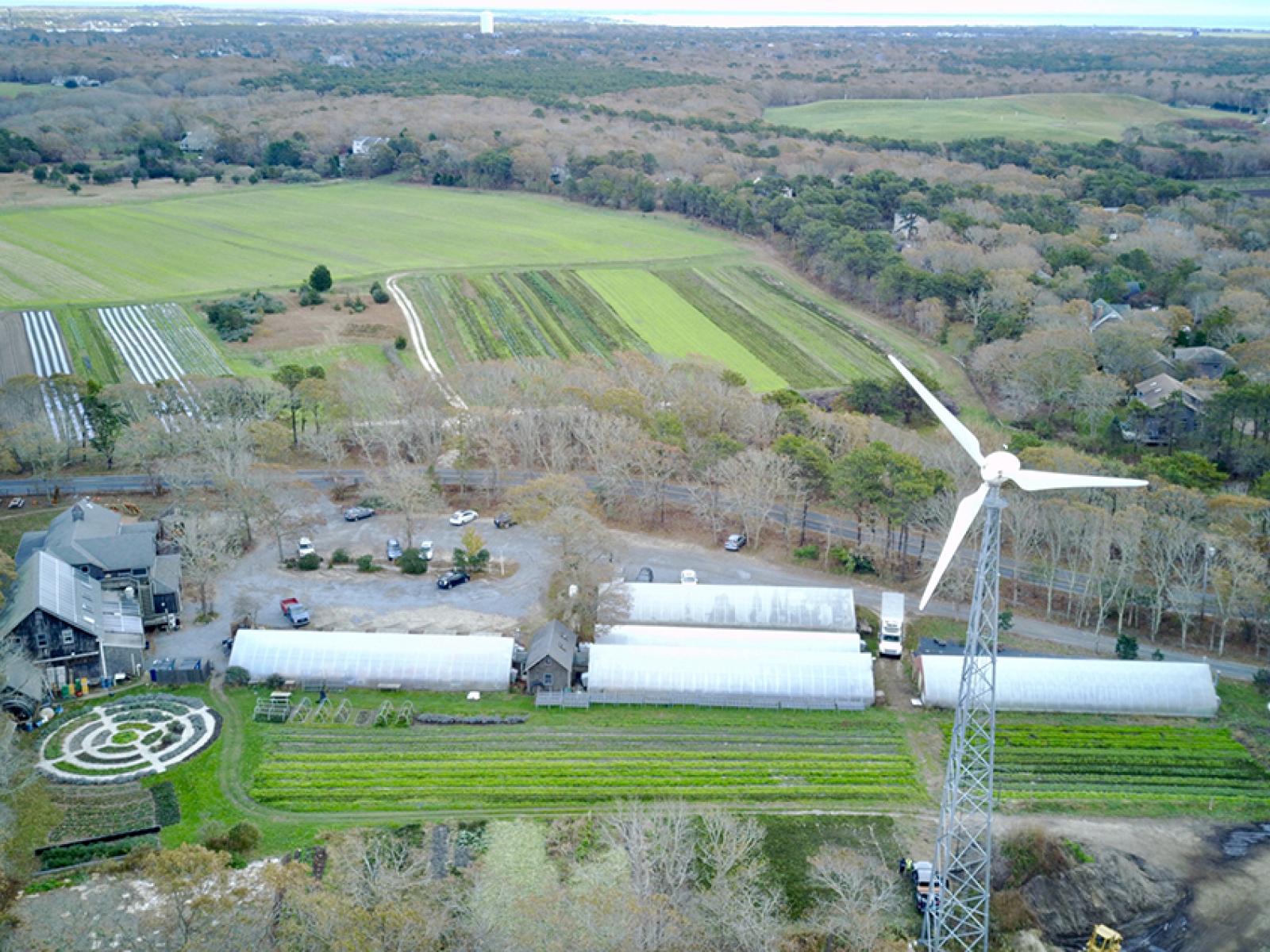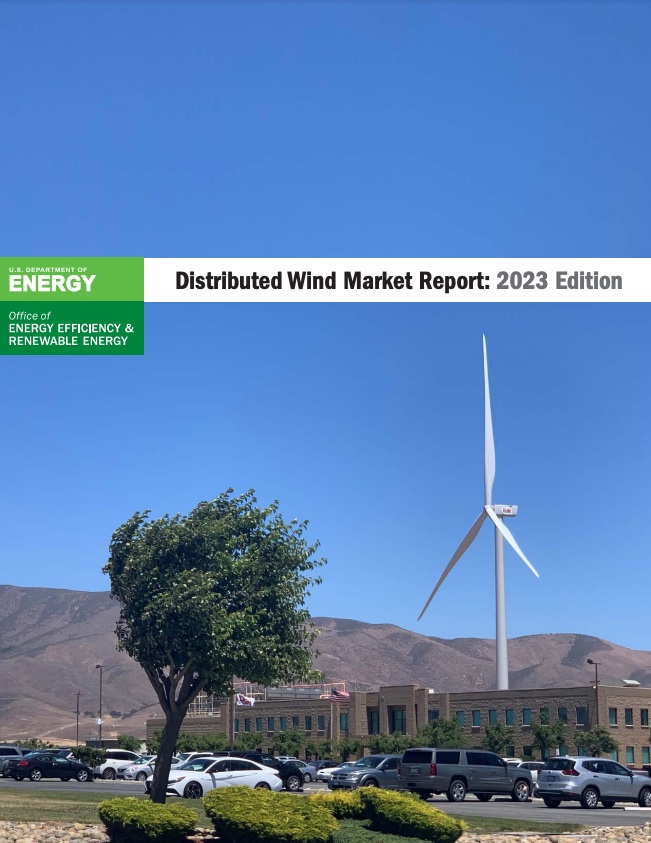Latest Trends in Distributed Wind
The Distributed Wind Marketing Report provides key findings regarding installed capacity, deployment trends, customer types, incentives, policies, and more

An Endurance E-3120 turbine in Edgartown, Massachusetts.
(Photo by Gary Harcourt | Great Rock Windpower)
Wind experts at Pacific Northwest National Laboratory (PNNL) have published their 11th annual Distributed Wind Market Report—offering data that could be particularly helpful to wind industry stakeholders.
The latest edition of the Distributed Wind Market Report provides market statistics and analysis, along with insights into market trends and characteristics of wind technologies used as distributed energy resources. Distributed wind generally refers to wind turbines that generate electricity for on-site use or remote communities with isolated grids, and turbines that are connected to distribution grids to serve customers.
“Before PNNL started publishing this report in 2013, it was difficult to track year-to-year trends and market statistics,” said Earth Scientist Lindsay Sheridan, who co-authored the report. “A decade later, we have access to nearly 20 years' worth of data to help inform investments in wind research and development.”

Incentives and policies
The U.S. Department of Energy’s Wind Energy Technologies Office (WETO), which funds the research behind this and other wind market reports, uses the data to identify market gaps and make decisions that drive future wind research. The report also enables industry to see potential market opportunities—driven by factors such as customer demand and installed cost—along with policy support and available incentives.
Long-term incentives for distributed wind are expected to be available for at least the next decade under the Inflation Reduction Act of 2022. For example, it sets aside $303 million (of a total of $2 billion in funding) for underutilized technologies, including wind technologies, in the U.S. Department of Agriculture’s Rural Energy for America Program. The act makes the single largest investment in climate and energy in U.S. history, enabling America to tackle the climate crisis, advance environmental justice, secure the country’s position as a world leader in domestic clean energy manufacturing, and put the United States on a pathway to meeting the Biden Administration’s climate goals—including achieving a net-zero economy by 2050.
Key findings

The 2023 report reveals a total of 29.5 megawatts of distributed wind capacity was deployed in the United States in 2022. Cumulative capacity reached 1,104 megawatts, provided by more than 90,000 turbines deployed across all 50 states, the District of Columbia, Puerto Rico, U.S. Virgin Islands, Northern Mariana Islands, and Guam.
“We’ve seen significant year-to-year variation in distributed wind capacity installations due to a variety of factors, such as deployment levels among and within different turbine size market segments—but cumulative capacity continues to steadily increase,” Sheridan said.
Iowa, California, and Nebraska led the country in new distributed wind capacity additions. Large projects in each state collectively represented 92% of the distributed wind capacity installed in 2022. Minnesota added the largest reported capacity from small wind turbines with 327 kilowatts, attributed primarily to decarbonization solutions implemented within the state’s agriculture industry.
“Installed capacity from distributed wind projects using large-scale turbines more than doubled in 2022 from 2021,” Sheridan said. “Manufacturers of smaller turbines that provided data for the 2023 report saw increased sales, too—a nearly 30% increase on average.”
Learn more
See the report for the full list of key findings—and explore two additional WETO-supported 2023 market reports focused on land-based wind and offshore wind.
In addition to Sheridan, the report authors include distributed wind experts Alice Orrell, Kamila Kazimierczuk, and Anneliese Fensch. Learn more about PNNL’s distributed wind capabilities.
Published: August 24, 2023